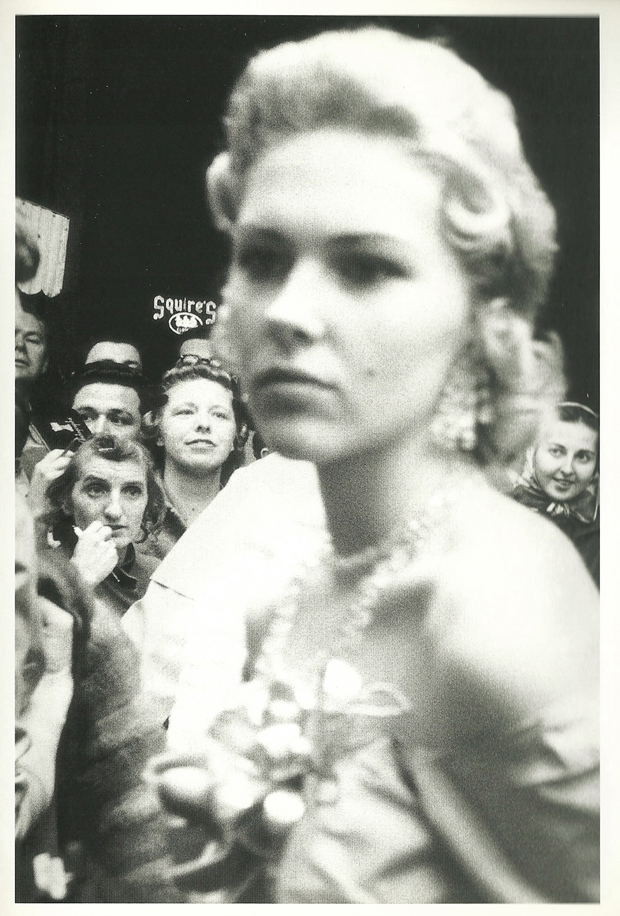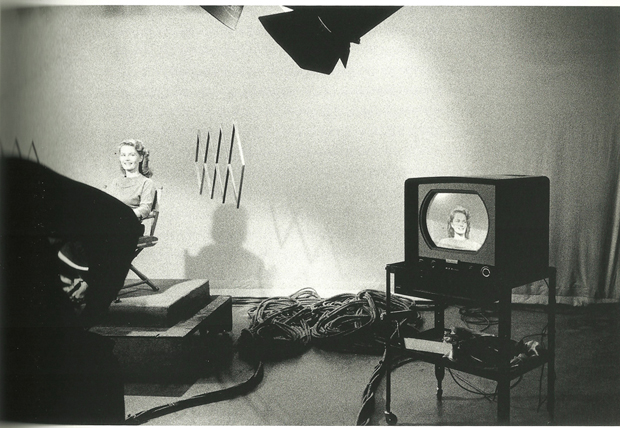Robert Frank’s collection of photos featured in the book “The Americans” is endlessly interesting to me—his unerring focus on the periphery of America is combined with a strong intuition for visual drama, and the images are unforgettable. All of them are good. I scanned the book and have them rotating on my computer wallpaper, because I never get tired of looking at them and there’s always something else to see. Some of them are slightly grotesque, lingering on a wrinkled face or a toothless woman or a tattooed man sleeping sprawled in a park. They look poverty head-on, but the images are just as often beautiful as they are disturbing.
I picked out two that most literally illustrated Frank’s ‘focus on the periphery.’ To me, these pictures illustrate how the choices a photographer makes create an image that reflects their viewpoint. It’s more than a style, it’s a conceptual “point of view” expressed as a literal one—a place where someone stood and captured what they saw.

The first image shows how purposeful use of the simplest technique—choosing where in the depth of field to bring the image into clarity and closeness—has an expressive power that dominates the image and shapes our impression of it. The shot seems to be of a glamorous movie premiere, only the starlet’s face is out of focus and the plain faces of the fans are in perfect clarity. The power relationship has been inverted, and we must respond both to a familiar kind of picture made unfamiliar, and the impact of these faces—bland, bored, hopeful, excited, or whatever you see in them.

The second image again shows the camera placing emphasis on what would normally be excluded from importance. Here, the statement is made even more obvious, while the implications are ambiguous. We see a double image of a woman; a mirror image, but in a television monitor in a TV production studio. In fact, it’s a triple image… the woman’s shadow is also seen behind her on the wall. There’s a pile of wires, like bundles of rope backstage. This is a ‘peek behind the curtain.’ And what we see is a kind of loneliness, the presence of the ordinary world of machinery, and the presence of shadows.
By unfocusing your lens, straying to the unexpected place, and looking to the periphery, there are all sorts of surprises to be found, and Robert Frank knew that.